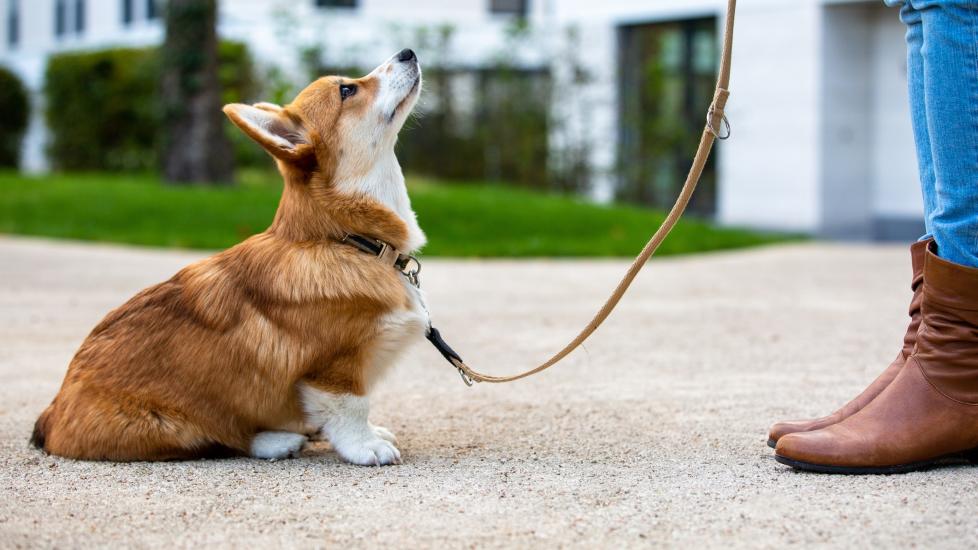Leashing your dog can be one of the most rewarding experiences in pet ownership. Not only does it keep your furry friend safe and under control, but it also opens up a world of adventures for both you and your pooch. However, teaching a dog to walk on a leash can sometimes feel like an uphill battle, requiring patience, consistency, and a touch of creativity. In this article, we’ll guide you through the process with humor and practical tips that will have Fido strutting by your side before you know it!
Step 1: Start Off Right (Or Left?)
Before even putting a leash on your pup, establish a solid foundation. Begin by creating a positive association between walking and treats or praise. Use high-value rewards such as their favorite toy or treat and practice indoors without any distractions. You want your dog to understand that following you is always exciting!
Step 2: The Right Gear
Choose a comfortable harness or collar for your dog. A well-fitting collar should sit snugly around their neck with two fingers able to fit comfortably underneath. Harnesses are often preferred because they distribute pressure more evenly and can help prevent pulling. Make sure the leash length is appropriate—not too long to allow wandering nor too short to cause discomfort.
Step 3: Positive Reinforcement
When introducing the leash, make it part of the fun. Let your dog drag it around the house while playing games. Reward them every time they come near the leash; eventually, they’ll start seeking out the reward signal associated with the leash itself. This method ensures that leashed walks become something they look forward to rather than dread.
Step 4: Practice Makes Perfect
Once your dog has shown interest in the leash, take baby steps outside. Keep sessions short at first so as not to overwhelm them. Praise calm behavior and use treats liberally when they stay close by your side. If they pull, stop moving until they release the tension; then resume walking once they do so. Consistency is key here—every time they pull, stop walking. It may take some time, but persistence pays off.
Step 5: Mind Your Manners
Teach your dog basic commands such as “heel” and “stay.” These will prove invaluable during walks. When using these cues consistently over time, dogs learn what behaviors are expected of them which makes navigating public spaces much easier for everyone involved.
Step 6: Socialization Stops Pulling
Bring along friends who have friendly dogs on leashes too! Seeing other pets behaving nicely encourages imitation among our four-legged companions – plus it adds variety into training sessions which keeps things interesting (and helps prevent boredom). As social creatures ourselves – including our beloved pups – interacting positively reinforces good manners all around.
Remember, each dog learns differently, so tailor your approach accordingly. Patience is crucial since progress might seem slow initially, but consistent effort will lead to success. Before long, you’ll find yourself enjoying leisurely strolls alongside your perfectly behaved companion – all thanks to careful leash training techniques executed with love and laughter!
